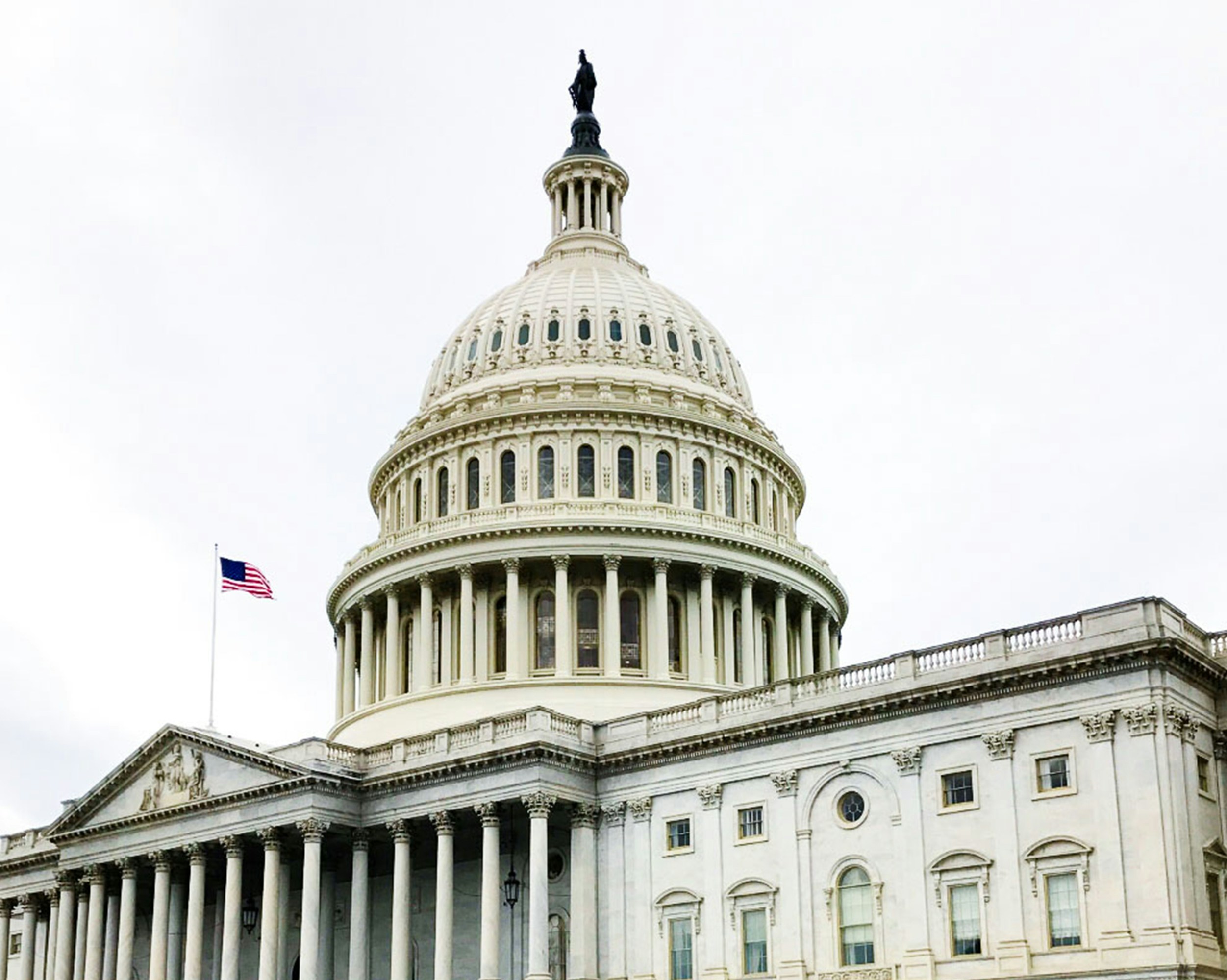
PWFA Final Regulations and Guidance: Potentially Turning the PWFA Into the Most Significant Employee Entitlement Since the FMLA
- Breaking News
Eight months ago, the EEOC published draft Pregnant Worker Fairness Act regulations that drastically expanded the impact of this relatively simple and limited statute, proposing an interpretation that made the PWFA a leave-favoring FMLA expansion available to nearly all employees, for reasons far broader than mere pregnancy, and for successive durations of 40 weeks or more. The EEOC received nearly 100,000 comments (mostly duplicates of a few models) on its draft. Yesterday, April 15, the EEOC issued its final rule, with no substantial changes, turning this sleepy little statute into the most significantly burdensome expansion, on a per-case basis, of employee entitlement since the FMLA itself.
After we’ve had an opportunity to better digest the 408-page publication, we’ll go more in-depth during a complimentary webinar on April 23, 2024 (register below), with a blog series to follow.
Until then, here are our first impressions:
Effective Date: June 18, 2024 (60 days after the official final publication date of April 19).
Key Clarifications in the Final Regulation:
- Specifies that the law applies to the pregnancy-related condition of the employee herself, and does not create an accommodation obligation for a spouse, partner, or other family member to support a pregnancy, attempted pregnancy, or other condition.
- Even where an employee seeks unpredictable leave, the employer cannot rely on unpredictability alone to establish undue hardship. The employer would have to show that undue leave caused it significant difficulty or expense with respect to its business operations. I would expect to see a demand for such specificity across all types of accommodation cases.
- Increased emphasis on lactation accommodations, including breaks to allow for direct nursing while the child is close by and refusing to categorically rule out remote work as an accommodation to improve lactation.
- Increased emphasis on providing interim accommodations, such as while awaiting documentation, assessing the viability of alternative accommodations in the interactive process, or as an outcome of an emergent situation.
Key Things That Stayed the Same:
- Employees unable to perform all essential functions for extended periods will continue to be regarded as “qualified” for their positions: The EEOC maintained its deviation from ADA caselaw in finding that an employee could be qualified for her position even if unable to perform all essential functions of her position for up to 40 weeks, related to her pregnancy. For restrictions arising out of something other than a current pregnancy, there will be no default rule of thumb. The Commission further maintained its position that leave would not count towards the 40-week period, and that any successive incapacities would run on their own “in the near future” clocks if they required temporarily suspending essential job functions.
- The broad definition of “pregnancy, childbirth, or related medical conditions” includes infertility, use of contraception, and menstruation-related conditions. The Commission refused suggestions to require a temporal proximity to pregnancy. However, it clarified in supplementary text that the condition had to be related to pregnancy or childbirth.
- Employers are severely restricted in seeking confirmatory documentation of the need or pregnancy-relatedness of a requested accommodation. The Commission acknowledged that its approach under the PWFA was different and more restrictive than that allowed by the ADA. The EEOC added a statement that an employer could not even insist that an employee provide supporting documentation on its own form.





